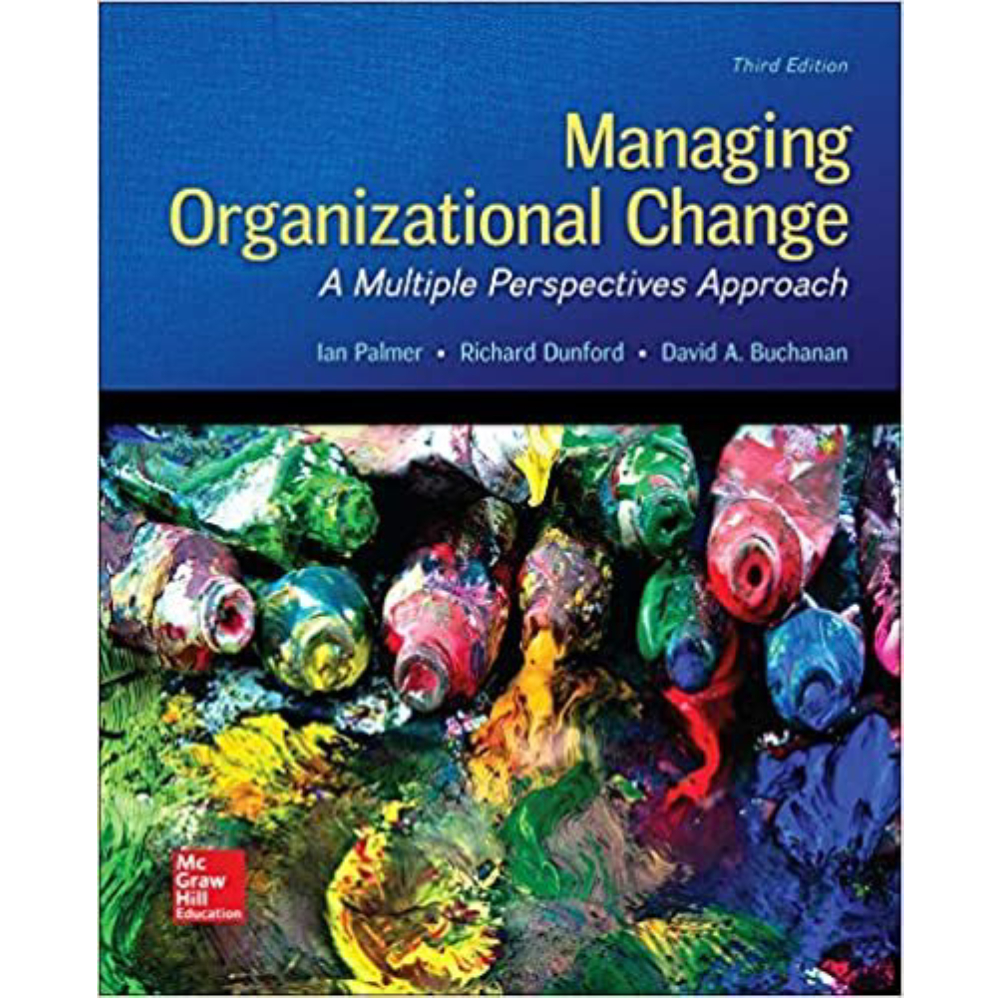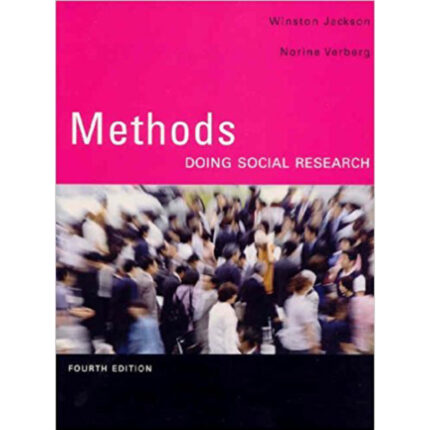Overview
True or False questions
31. Sustainability implies that new practices and processes are routinized until they become obsolete.
TRUE
Accessibility: Keyboard Navigation
Difficulty: 1 Easy
Learning Objective: 11-01 Understand the causes of initiative decay-threats to the sustainability of change.
32. Changes tend to “stick” to an organization when new structures, processes, and working practices are no longer seen as “change”.
TRUE
Accessibility: Keyboard Navigation
Difficulty: 1 Easy
Learning Objective: 11-01 Understand the causes of initiative decay-threats to the sustainability of change.
33. There is likely to be nothing more damaging to the credibility of a change program than for the actions of the change advocates to be consistent with what they espouse.
FALSE
Accessibility: Keyboard Navigation
Difficulty: 1 Easy
Learning Objective: 11-03 Identify and apply actions that can contribute to the sustainability of change.
34. Staff selection, and promotion processes, can be subtle but powerful ways to change and to maintain an organization’s culture.
TRUE
Accessibility: Keyboard Navigation
Difficulty: 1 Easy
Learning Objective: 11-03 Identify and apply actions that can contribute to the sustainability of change.
35. David Nadler argues that at the very least, an organization should conduct a full-scale assessment within twenty-four months of the initiation of major change activities, and then bi-annually thereafter.
FALSE
Accessibility: Keyboard Navigation
Difficulty: 1 Easy
Learning Objective: 11-03 Identify and apply actions that can contribute to the sustainability of change.
36. Preventive maintenance involves action to sustain the status quo, to keep new working practices operating as intended, and to meet predetermined targets and objectives.
TRUE
Accessibility: Keyboard Navigation
Difficulty: 1 Easy
Learning Objective: 11-03 Identify and apply actions that can contribute to the sustainability of change.
37. Measuring the overall success of a change initiative should be related to the timescale over which benefits are expected to be delivered.
TRUE
Accessibility: Keyboard Navigation
Difficulty: 1 Easy
Learning Objective: 11-04 Understand the pitfalls that can arise when seeking to sustain change.
38. The J-curve does not help in managing the expectations of others with regard to justifying a deterioration in performance.
FALSE
Accessibility: Keyboard Navigation
Difficulty: 2 Medium
Learning Objective: 11-04 Understand the pitfalls that can arise when seeking to sustain change.
39. Unanticipated outcomes are not a sign of management failure; in complex change processes, the unexpected is to be expected.
TRUE
Accessibility: Keyboard Navigation
Difficulty: 2 Medium
Learning Objective: 11-04 Understand the pitfalls that can arise when seeking to sustain change.
40. Even in the best-managed situation, not all change outcomes are controllable or predictable.
TRUE
Accessibility: Keyboard Navigation
Difficulty: 1 Easy
Learning Objective: 11-04 Understand the pitfalls that can arise when seeking to sustain change.












Reviews
There are no reviews yet.